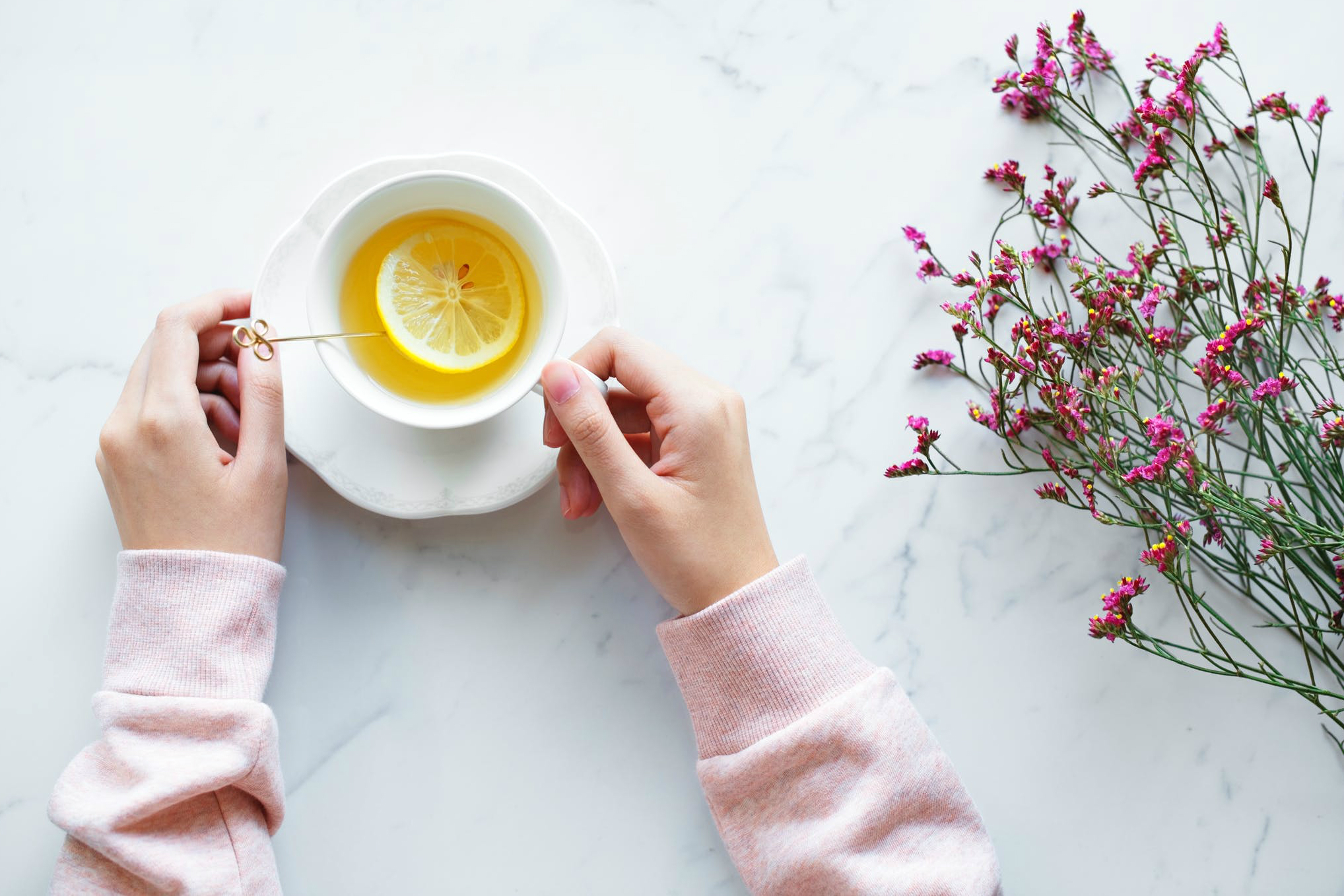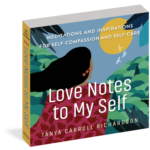Start your week off with a little extra mindfulness with these everyday activity meditations, excerpted from Sharon Salzberg’sReal Happiness.
A friend told me that he’d decided to make brushing his teeth a mindfulness exercise—to slow down and concentrate on each separate step of this usually automatic task. The first thing he noticed, he said, was that he was holding on to the toothbrush so tightly it might have been a jackhammer about to leap out of his hand. He felt this was a useful clue, an indication perhaps that he was using inappropriate force or energy in other activities, from the way he made his bed to the way he held his body as he lay down to sleep.
Often we can take the lessons we learn from observing one single activity and apply them to the rest of our life. See if you can use a part of your everyday routine as a meditation, a time of coming into the moment, paying attention to your actual experience, learning about yourself, deepening your enjoyment of simple pleasures, or perhaps seeing how you could approach a task more skillfully. Choose a brief daily activity—something you may have done thousands of times but never been totally conscious of. This time bring your full awareness to it; pay attention on purpose. Here’s a mindfulness exercise you might try:

Drinking Tea Meditation
How many times a day do we perform an action without really being there? When we’re simultaneously reading the newspaper, checking our e-mail, having a conversation, listening to the radio, and drinking a cup of tea, where is the taste of that tea? In this exercise we try to be more fully present with every component of a single activity—drinking a cup of tea.
Put aside all distractions, and pour a cup of tea. Perhaps you’ll want to make brewing the tea a meditative ritual. Slowly ll the kettle, listening to the changing tone of the water as the level rises, the bubbling as it boils, the hissing of steam, and the whistle of the pot. Slowly measure loose tea into a strainer and place it in the pot, and inhale the fragrant vapor as it steeps. Feel the heft of the pot and the smooth receptivity of the cup.
Continue the meditation as you reach for the cup. Observe its color and shape, and the way its color changes the color of the tea within it. Put your hands around the cup and feel its warmth. As you lift it, feel the gentle exertion in your hand and forearm. Hear the tea faintly slosh as you lift the cup. Inhale the scented steam; experience the smoothness of the cup on your lip, the light mist on your face, the warmth or slight scald of the first sip on your lips and tongue. Taste the tea; what layers of favor do you detect? Notice any leaf bits on your tongue, the sensation of swallowing, the warmth traveling the length of your throat. Feel your breath against the cup creating a tiny cloud of steam. Feel yourself put the cup down. Focus on each separate step in the drinking of tea.
You may notice that many judgments come to mind: I chose the wrong tea. I drink too much tea. I don’t give myself enough time to enjoy tea. I should be paying bills, not sniffing tea. Am I running out of tea? Note these thoughts, and let them go. Simply return to the direct experience unfolding in the moment. Just now; just drinking tea.
 About the Book:
About the Book:
Thousands of years prove it, and Western science backs it: Meditation sharpens focus. Meditation lowers blood pressure, relieves chronic pain, reduces stress. Meditation helps us experience greater calm. Meditation connects us to our inner-most feelings and challenges our habits of self-judgment. Meditation helps protect the brain against aging and improves our capacity for learning new things. Meditation opens the door to real and accessible happiness.
There is no better person to show a beginner how to harness the power of meditation than Sharon Salzberg, one of the world’s foremost meditation teachers and spiritual authors. Cofounder of the Insight Meditation Society, author of Lovingkindness, Faith, and other books, Ms. Salzberg distills 30 years of teaching meditation into a 28-day program that will change lives. It is not about Buddhism, it’s not esoteric—it is closer to an exercise, like running or riding a bike. From the basics of posture, breathing, and the daily schedule to the finer points of calming the mind, distraction, dealing with specific problem areas (pain in the legs? falling asleep?) to the larger issues of compassion and awareness, Real Happiness is a complete guide. It explains how meditation works; why a daily meditation practice results in more resiliency, creativity, peace, clarity, and balance; and gives twelve meditation practices, including mindfulness meditation and walking meditation. An extensive selection of her students’ FAQs cover the most frequent concerns of beginners who meditate—“Is meditation selfish?” “How do I know if I’m doing it right?” “Can I use meditation to manage weight?”
Buy the Book
Amazon | B&N | Indiebound | Workman





No Comments